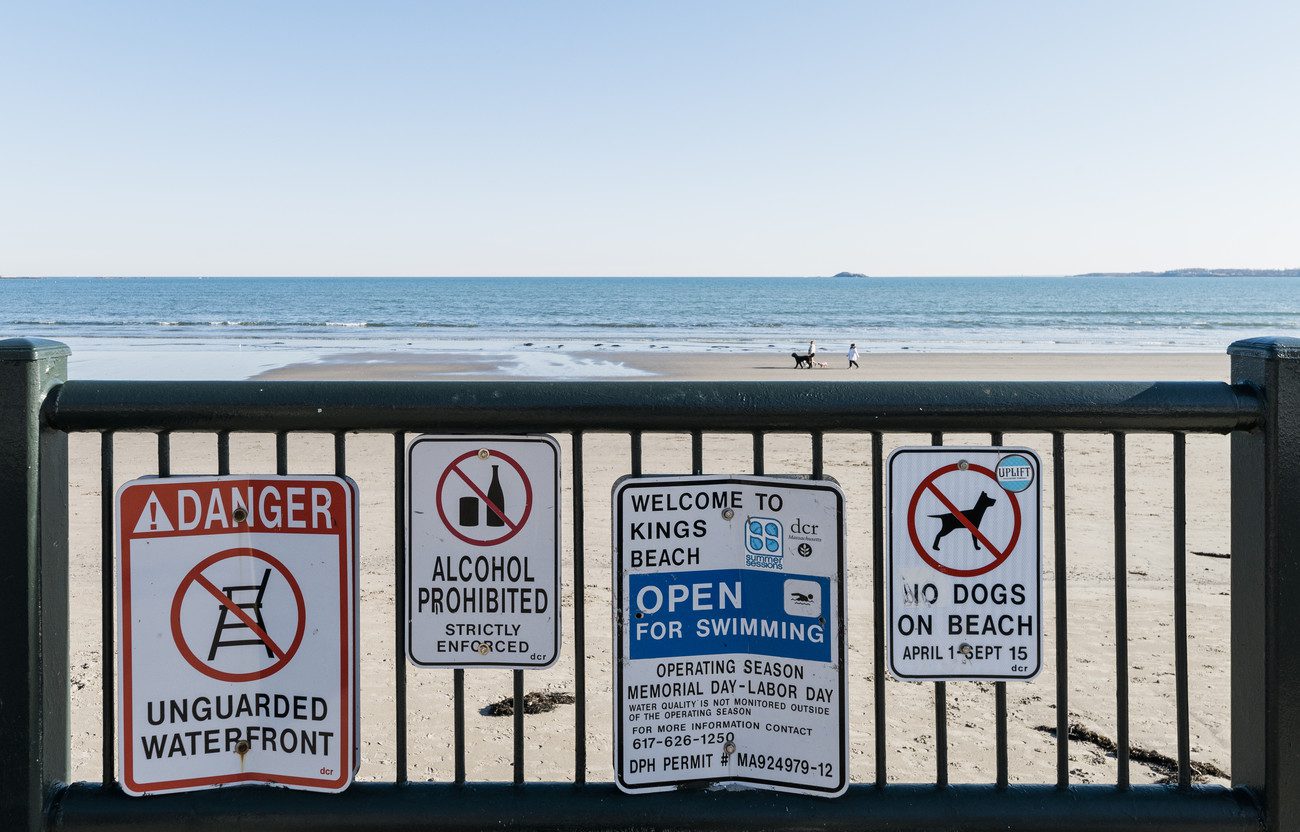LYNN — State Sen. Brendan Crighton (D-Lynn) held a hearing over Zoom Wednesday morning, with members of the Metropolitan Beaches Commission (MBC) and the nonprofit organization, Save the Harbor/Save the Bay, to discuss improving language accessibility for beachgoers who are multilingual or non-English speakers.
Crighton, who serves as the co-chair of the commission, said one of the biggest challenges his constituents face is that they cannot understand safety signs or water-quality signs when going to King’s Beach or Nahant Beach because English is not their first language.
“In my district, we have 40 languages spoken in our public schools,” he said. “How does a family fully enjoy the beach if they can’t read the sign and know what the programming is?”
Fellow co-chair of the commission, state Rep. Adrian Madaro (D-Boston), said his constituents are also facing similar obstacles in regards to language barriers at the beaches in East Boston and said the best way to remedy this is to change the signs.
“These language barriers are quite concerning,” Madaro said. “One of the ways we can fix this is to change the signs to make them more accessible for those who speak multiple languages.”
The director of Save the Harbor/Save the Bay, Bruce Berman, presented a survey during the meeting that was taken last weekend, which provided data on current sign design and what the most common issues were for those who speak a different language. The results found that around 25 percent of families in Massachusetts speak a different language, with the most common language being Spanish. The survey also found that only four signs out of 250 on Massachusetts beaches were multilingual.
“We have 250 signs all over our beaches and we found only four were accessible to those who spoke a different language,” Berman said. “Of those four, one was on Nahant Beach that was in English and Spanish describing warning flags on the beach.”
Additionally, the survey found that online resources for water quality and flags were only in English.
One option Berman suggested was to have all beach signs follow a set design for each subject and in multiple languages.
“In Burlington, Vt., they have simple designs that encompass all matters,” Berman said. “They are also in multiple languages and are compact.”
Other solutions include having QR codes on signs that provide a link for water-quality resources and other information in different languages, or having electronic Soofa Signs — which would automatically share information about the beaches in real-time.
Additionally, the state Department of Conservation & Recreation (DCR) has been using Google Translate to help users answer questions, comments or search inquiries of those who are non-English speakers.
The DCR is expected to use more tools shortly to improve access for multilingual and non-English speakers, such as links to resources in different languages rather than just using Google Translate.
The next step for the commission is to host a virtual summit to present its preliminary findings to a broad and diverse audience of beach users to gather thoughts and their input. The summit is expected to be held in late winter to early spring.
Following the summit, the commission will share a report of their findings and recommendations with the legislature, administration, DCR and the public.
The report will serve as a roadmap moving forward on beach accessibility-related issues.

